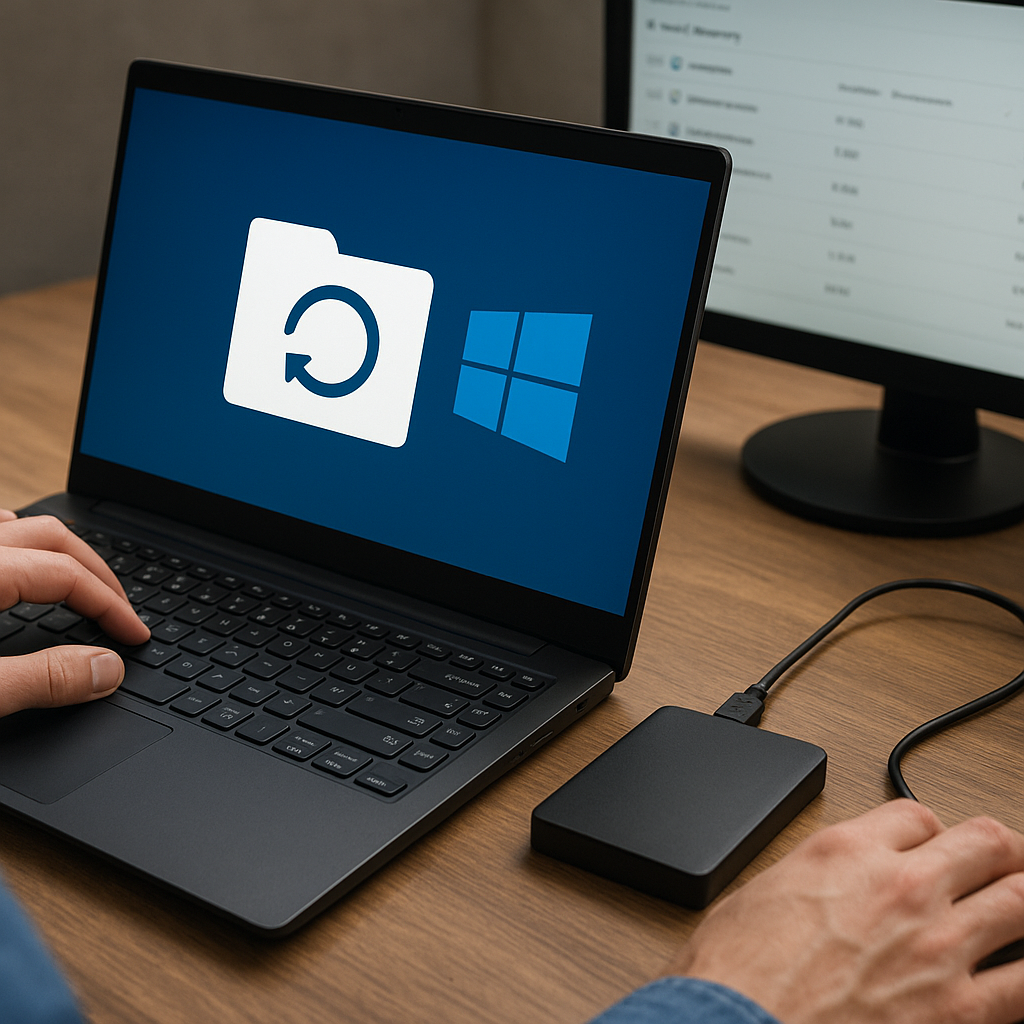Performing a non-destructive system recovery is a crucial skill for anyone looking to maintain the integrity of their files while restoring their system to a functional state. This process allows users to fix system issues without losing personal data, making it an invaluable tool for both casual and professional users.
Understanding Non-Destructive System Recovery
Non-destructive system recovery is a method of restoring a computer’s operating system to its original state without erasing user data. Unlike a full system recovery, which wipes the entire hard drive, a non-destructive recovery focuses on repairing the operating system and essential software components while preserving personal files such as documents, photos, and music.
Why Opt for Non-Destructive Recovery?
There are several reasons why one might choose a non-destructive recovery over a full system reset:
- Data Preservation: The primary advantage is that it keeps your personal files intact. This is particularly important if you haven’t backed up your data recently.
- Time Efficiency: Non-destructive recovery is generally faster than a full system reset because it doesn’t involve reinstalling all your applications and restoring your files from a backup.
- Ease of Use: Many modern operating systems offer built-in tools for non-destructive recovery, making the process straightforward even for less tech-savvy users.
When to Use Non-Destructive Recovery
Non-destructive recovery is ideal in situations where your system is experiencing software-related issues such as:
- Frequent crashes or freezes
- Slow performance
- Corrupted system files
- Malware infections that have been partially removed
However, it’s important to note that non-destructive recovery may not be effective for hardware-related problems or severe malware infections that have deeply embedded themselves into the system.
Steps to Perform a Non-Destructive System Recovery
While the exact steps can vary depending on the operating system and the recovery tools available, the general process involves the following stages:
Step 1: Backup Your Data
Even though non-destructive recovery aims to preserve your files, it’s always a good practice to back up your important data before proceeding. Use an external hard drive, cloud storage, or a dedicated backup software to ensure your files are safe.
Step 2: Access the Recovery Environment
Most operating systems have a built-in recovery environment that you can access during the boot process. For example:
- Windows: You can access the recovery environment by pressing a specific key (usually F8, F11, or Esc) during startup. Alternatively, you can navigate to Settings > Update & Security > Recovery and select “Restart now” under Advanced startup.
- macOS: Restart your Mac and hold down Command + R keys until the Apple logo appears. This will boot your system into the macOS Recovery mode.
Step 3: Choose the Non-Destructive Recovery Option
Once you’re in the recovery environment, look for an option that allows you to repair or refresh your system without deleting personal files. This option may be labeled differently depending on the operating system:
- Windows: Look for “Reset this PC” and choose the option to “Keep my files.”
- macOS: Use the “Reinstall macOS” option, which will reinstall the operating system without affecting your personal data.
Step 4: Follow the On-Screen Instructions
Follow the prompts provided by the recovery tool. This usually involves confirming your choice and waiting for the process to complete. The system will automatically repair or reinstall the necessary components while keeping your personal files intact.
Step 5: Reinstall Applications and Updates
After the recovery process is complete, you may need to reinstall some applications and system updates. Check for any missing software and ensure your system is up to date to prevent future issues.
Best Practices for System Recovery
To make the most of non-destructive system recovery, consider the following best practices:
Regular Backups
While non-destructive recovery aims to preserve your files, it’s always a good idea to maintain regular backups. Use automated backup solutions to ensure your data is always safe.
Keep Your System Updated
Regularly update your operating system and applications to minimize the risk of software-related issues. Enable automatic updates whenever possible.
Use Reliable Recovery Software
Invest in reputable recovery software that offers non-destructive recovery options. Some popular choices include:
- Acronis True Image: Known for its comprehensive backup and recovery features.
- EaseUS Todo Backup: Offers a user-friendly interface and reliable recovery options.
- Macrium Reflect: Provides robust recovery tools for both personal and professional use.
Monitor System Health
Use system monitoring tools to keep an eye on your computer’s performance and health. Early detection of issues can help you address them before they escalate into major problems.
Conclusion
Non-destructive system recovery is an essential technique for anyone looking to maintain their files while restoring their system to optimal performance. By understanding the process and following best practices, you can effectively address software-related issues without the risk of data loss. Regular backups, system updates, and reliable recovery software are key components in ensuring a smooth and successful recovery experience.












